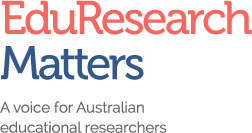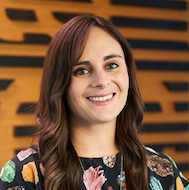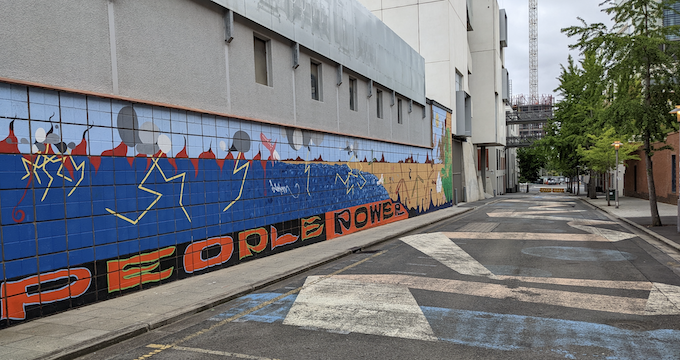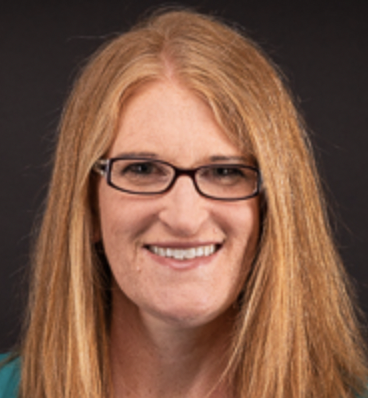Here is another of our intermittent blogs during the #AARE2022 conference. If you want to cover a session at the conference, please email jenna@aare.edu.au to check in. Thanks!
Theory of practice architectures symposium H603
The symposium was made up of members of PEP Victoria, with a focus on theory of practice architectures. The theory of practice architectures examines the ways that practices (sayings, doings and relatings) are made possible through social, political and economic arrangements. The focus of the symposium was on “relatings” and the affective aspects of practice.
Part 1
Paper One: The emotional labour of educational leading: A practice lens
Jane Wilkinson, Lucas Walsh, Amanda Keddie and Fiona Longmuir
The presentation draws on a 2017-2018 qualitative study of case studies of exemplary schools, who respond to social volatility in their communities. The school populations comprised diverse student populations. New aspects of a principal’s role, such as community building and trauma informed care, are often ignored in considerations of principals work. This emotional work is an integral aspect of 21st century principalship.
Emotions play a transformative role in education practices, residing in the sayings, doings and the arrangements of practices. They are social, and a crucial aspect of how people come to know in a practice, emotions are a non subjective pattern that resides in the collective. Using a critical incident Wilkinson et al., gain a deeper understanding of the taken for granted, often invisible, practices involved with emotional work. A project of practice in the school was the “building of community” and “community making”. Using examples from a teacher and a principal the paper identifies how principals and teachers are involved in projects of practices that are “invisible” in market drawn systems that prioritise ‘professionalism’. These constrain and shape the ways that teachers and principals conceive and relate to students and each other.
Paper Two: The relational intensity of risk-taking in ECE
Mandy Cooke
A relational study in three early childhood services considered exemplary. Beneficial risk taking are acts that take someone outside of their comfort zone and are enacted in the hope of beneficial outcomes. It is an inherent part of life and education, however, current education systems are obsessed with removing risk. This study aimed to examine the lived experiences of educators who engage in risk taking. By understanding the role of emotions in risk taking, we are able to support and enable educators as they engage in these activities. There is a relational intensity associated with risk taking, and this is due to tensions between the beliefs of educators and maintenance of trust with the communities, colleagues and parents. There are three main tensions: learning vs duty of care, child vs family desires, autonomy vs collaboration. The tensions evoked negative emotions from educators, which may present a barrier to them engaging in risk taking. The educators used a range of strategies that neutralised, enabled or constrained risk taking, such as compromise, communication, collegial support, and adjustments. Cooke argues that engaging in risk taking could be considered mini critical incidents, that invoke increased emotional labour on behalf of the educators. Thinking-feeling praxis was evident in the educators practices and ways of doing, knowing and relating. When displays of emotions are not considered appropriate in professional settings, it is important to bring emotions to the fore, and to talk about them.
A question was asked about “neutralising” practices and the extent to which this removed risk. Cooke identified these practices as identifying why it is important to have conversations, rather than neutralising risk. Wilkinson suggested that there is a professional mask involved in this work.
Part 2
Paper Three: Relational intensities: The practices of education in international schools
Alexander Kostogriz, Megan Adams, Gary Bonar
International schools are an interesting product of the neoliberal market and the rising middle class. Kostogriz highlights the tensions that occur in international schools including relations of power between schools and local communities, creating enclaves, (re)professionalisation of teachers, pay disparities, loyalties to curricula and job insecurities. These tensions form an affective atmosphere in these schools, and there were positive aspects such as growing professionally, being supported and feeling part of a team. International teachers are part of the global precariat, and precarity becomes part of the relational work of teachers. The paper uses two case studies of international bilingual schools that cater largely to local populations, one in China and one in United Arab Emirates. Kostogriz makes an interesting comment on the architecture of these buildings and the ways in which they ‘stand out’ in the landscapes. The tensions in working in precarity were often overcome by affective dimensions of caring for others and establishing relationships with other teachers. Relational work of teaching is the foundational work, it is the “starting point” of doings and sayings.
Paper Four: Enhancing praxis in challenging times: Salutogenesis as theoretical resource for empowerment.
George Variyan & Kristin Reimer
Variyan and Reimer looked at academic practices through the Covid-19 pandemic, using data from the beginning and October. 21. They used an online survey and photo elicitation which Variyan called “playful methods”. They were interested in invisible aspects of academic labour, with particular understanding of the ways online work obscures these practices. Using an ecological perspective to build on the theory of practice architectures, they aimed to understand what are the accomodation practices and what are the niches of resistance? They categorised practices as manageable, comprehensible or meaningful to understand how academics were experiencing academic work during Covid-19. There were relational intensities that often went unacknowledged by institutions, such as connecting with colleagues and needing time with nature and away from screens. They looked at how relations to work, environment, each other and to self that were changing and which of these were supporting academics to cope, or which were constraining their practices. As ‘tentative’ concluding thoughts, they identify the need to move beyond simplistic conceptions of how the Covid-19 impact has changed or shaped academic practices. They also identify the ways in which some practices were quite simple, such as being with nature.
Paper Five: Ethics as situated relational praxis
Christine Edwards-Groves and Christina Davidson
This paper considers the nature of ethics as an in situ discursive spatial relational practice, and is a largely conceptual presentation. Using a three year project, Edwards-Groves identifies the “shifting sands” of longer research projects, and discusses the ways in which close proximity creates complexity that is often taken for granted. Edwards-Groves would like to “unsettle” the taken for granted complexity of working in schools on longer term basis. The school in which they worked had high levels of disadvantage and transience. Their project sought to develop capacity for oral language and supporting literacy across the school. The project was in situ that required flexibility and consideration of how to engage with teachers, stakeholders and leadership teams. Being in close proximity created pivotal moments or “critical happenings” that meant a shift of practices as researchers. These pivotal moments included miscommunication, disagreements and conflicts. Using the example of a gatekeeper who mediated the process of the research, they highlight the ways in which research may be shaped by practices of others, and the ways in which a gatekeepers sayings and doing shaped the sayings and doings of the research participants.
Discussant: Dr Kathleen Mahon
Mahon began by discussing the invisible aspects of presenting, the feelings of nervousness before stepping onto a stage. She identified the collective nature of these emotions when she describes them, and how we may be triggered by others descriptions of emotions that we cannot help but respond to. She is nervous as she has been provoked but also hopes to provoke in her response – it forms a risk to act as discussant. Mahon ended by providing provocations for each of the papers to think through further.
In the symposium there is a rich conceptual contribution to our understanding of practices, and to some extent, speaking back to the theory. The papers challenge the way we think about relational practices across emotions, relational intensities. They highlight that emotions matter, particularly with the way relations unfold. Emotions are part of the practices, they are expressed in the sayings and doings, they inform our understandings of how to move forward. Emotions also shape emotional tensions and the demands on professionals in these spaces. There are social norms around what is acceptable to feel, and who can feel these things in particular roles. Making visible things that matter, is a key role for research.









































